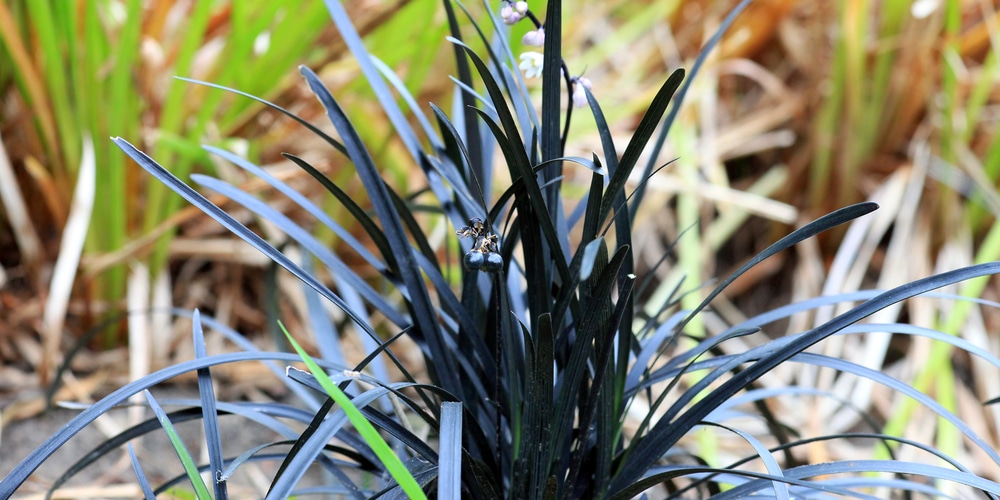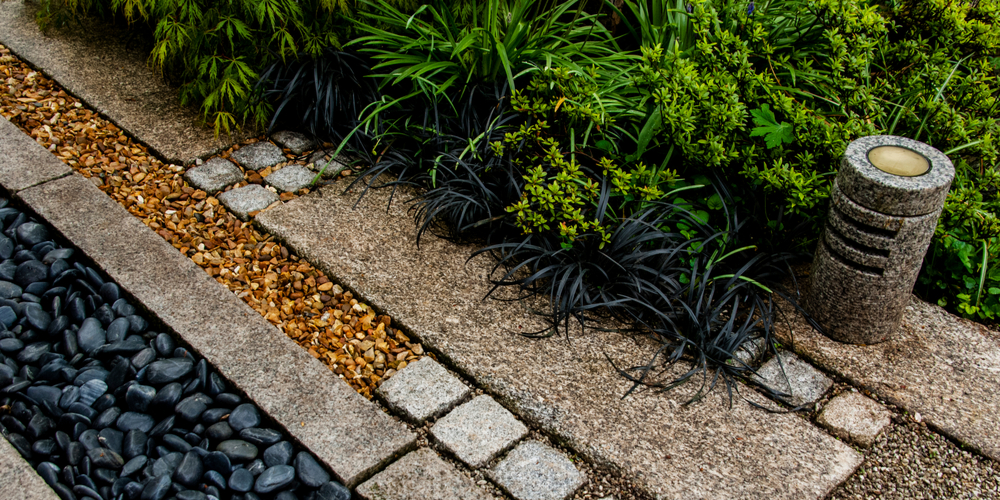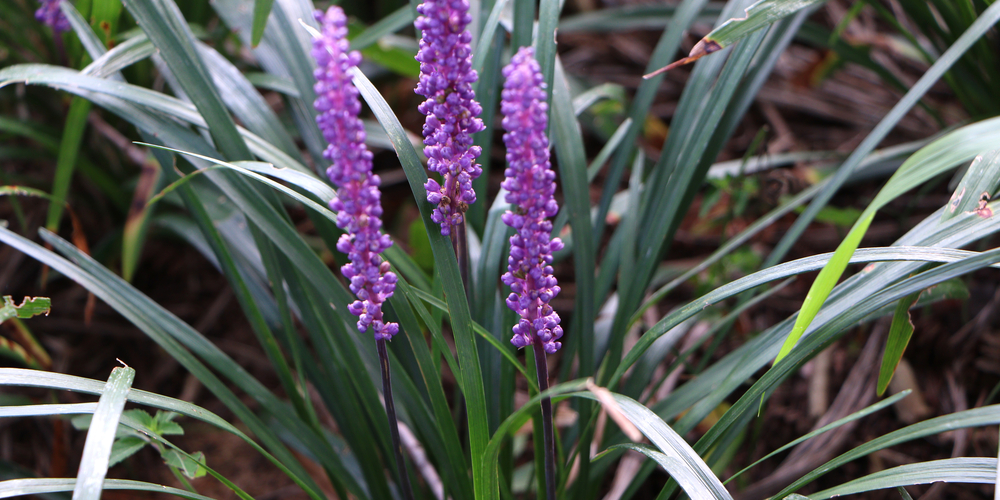Growing grass in your yard is one of the best ways to increase the aesthetics of your outdoors. And if you know something about gardening, you might be familiar with some of the most popular options regarding grass types.
After all, most might be more forgiving and easier to maintain than turf while still providing the same aesthetic appeal. If you are looking for something to replace turf, you can choose among several species of ground covers.
However, some are very similar and might be hard to identify. For instance, do you know the difference between Liriope and Monkey Grass? If you don’t, don’t worry: you have landed in the right place to clear all of your doubts.
Liriope Vs. Monkey Grass: All You Should Know
There is much confusion about monkey grass: indeed, it is the common name for two different species. Liriope (also referred to as border grass) and mondo grass uses the same common name, monkey grass. And that can make things tricky when it comes to identifying them.
Liriope grows in clumps and performs better on hillsides or other challenging areas. Under ideal conditions, this plant will spread aggressively. You can use it in places that need full coverage. However, avoid planting other species around it.
For the sake of this guide, we will refer to Mondo Grass (Ophiopogon japonicus) as monkey grass. Monkey grass thrives in shady areas and displays dark green leaves that can add an elegant touch to any landscape. But are the two the same thing? Jump to the following sections to find out!
Liriope and Monkey Grass Similarities
Both liriope grass and monkey grass are members of the lily family. That means the two share some characteristics (but not all).
The two plants are not challenging to grow. You can use them as ground covers in various soil and climate conditions. The two produce tall blades and flowers in the summer, followed by berries.
Liriope and monkey grass are evergreen perennials with a high tolerance to drought and little need for mowing. So both are ideal alternatives to turf, especially for gardeners that do not want to spend their weekends taking care of their lawns.
Differences Between Liriope and Monkey Grass
One of the most striking differences between these two grass species is that the liriope species tend to grow larger than Monkey grass. Also, its blooms are often more visible, as monkey grass flowers stay inside the foliage.
Monkey grass’ leaves are more narrow and have a drooping aspect. On the other hand, liriope’s blades grow tall and straight. Also, the grass grows shorter and darker in color. Still, it is the perfect addition to yards that need a dramatic touch.
The two plants bear berries in late summer (after blooming). You can identify liriope grass by looking at its fruits, which are deep black. On the other hand, monkey grass produces blueberries.
Furthermore, monkey grass is usually more tolerant to winter: it will display no discoloration. You won’t need to cut it back in the winter to keep it healthy as you would with liriope.
Also, monkey grass usually presents fewer problems: once established, it tends to be less susceptible to attacks from pests and diseases. You can find dwarf varieties of Monkey grass, while such options are not available if you choose to plant liriope.
Liriope Vs. Mondo Grass: Who Wins?
It is hard to select a winner between the two. Indeed, these two grass species can bring plenty of satisfaction and increase the aesthetic appeal of your garden. If you are looking for a tall growing plant to fill an empty corner in your garden, liriope might be your better option.
This plant performs excellently as a ground cover under trees and shrubs or a foundation. However, if you live in a region where winters are harsh, you might have better luck (and fewer problems caused by the cold temperatures with Monkey grass).
Liriope vs monkey grass: Final thoughts
Don’t forget that liriope can become aggressive and choke out other plants surrounding it. For this reason, it will benefit from annual mowing. On the other hand, monkey grass doesn’t require cutting. Also, this plant grows well in containers, where it might add volume and texture.
So, the final choice for your garden depends on your needs, your requirements, and your local climate.
Related Article: Black Mondo Grass Care


